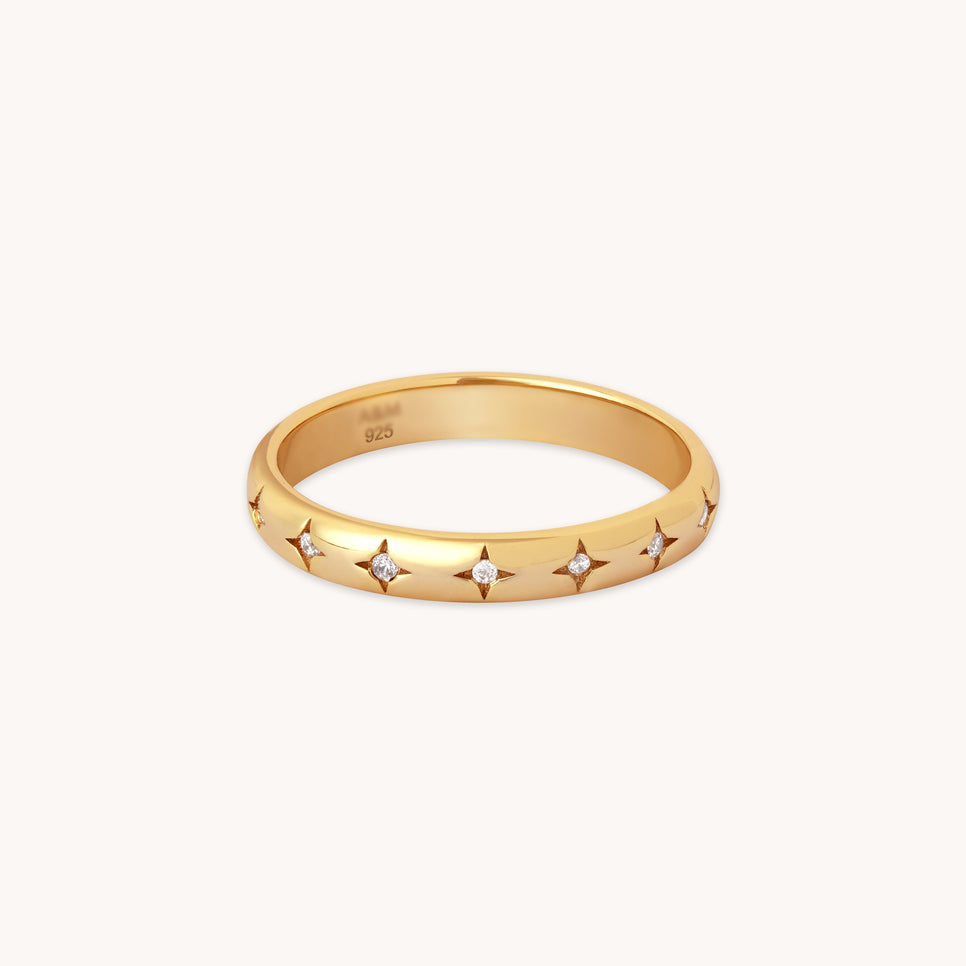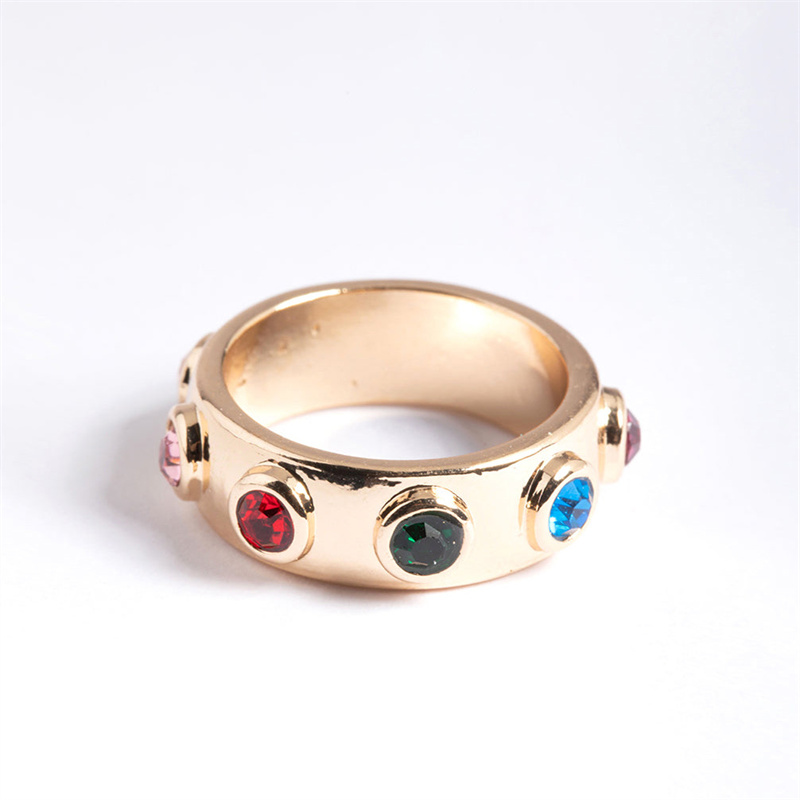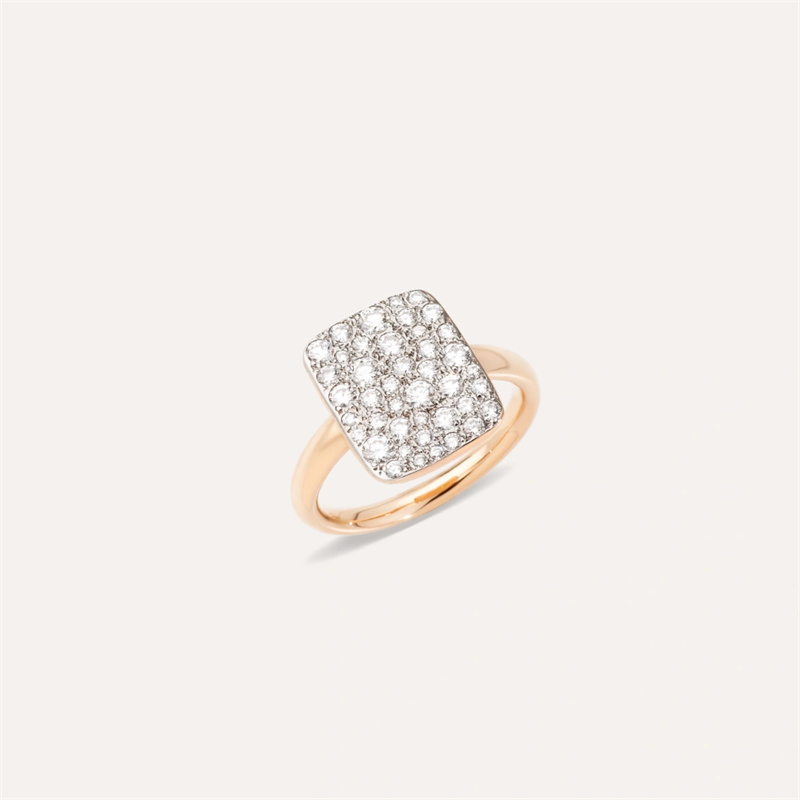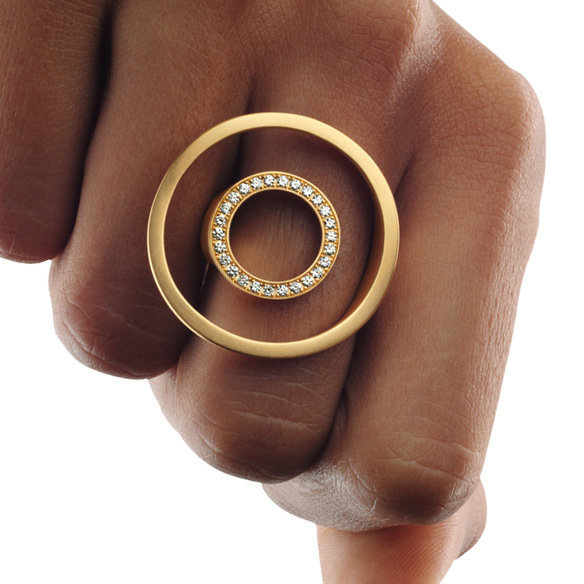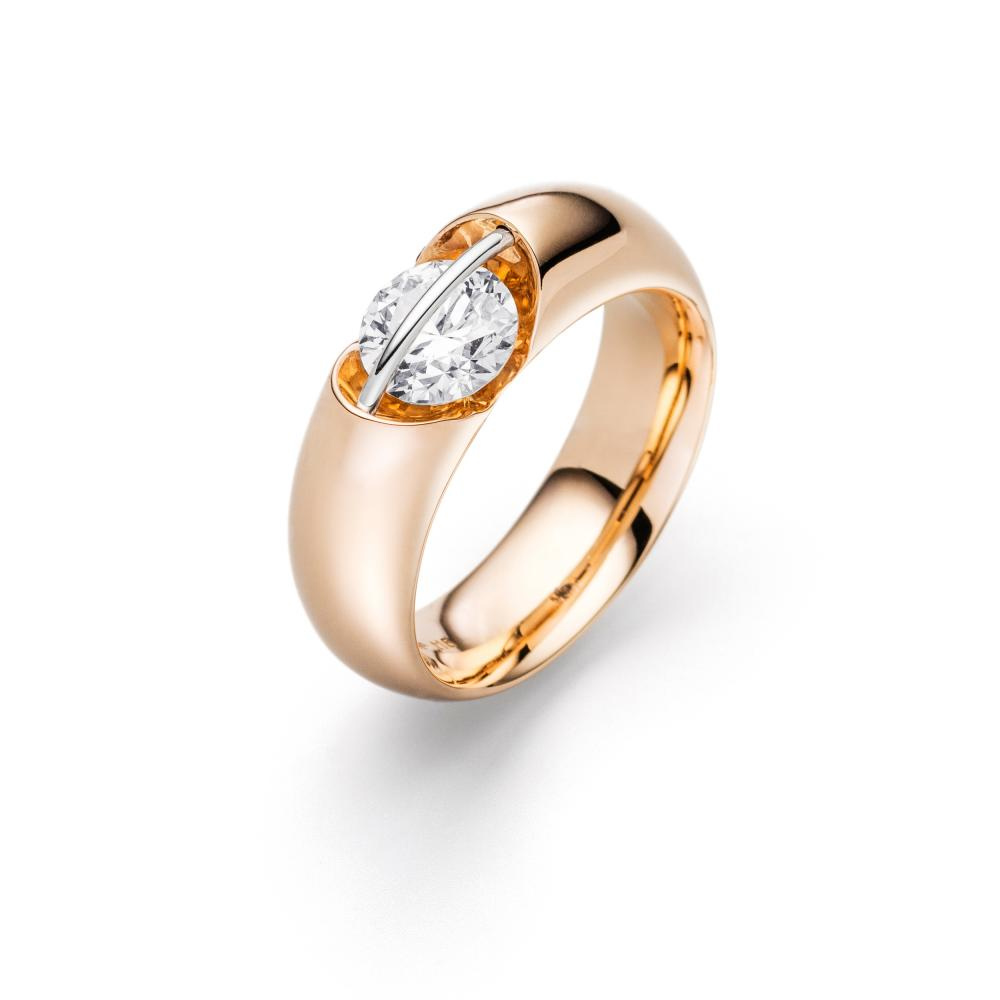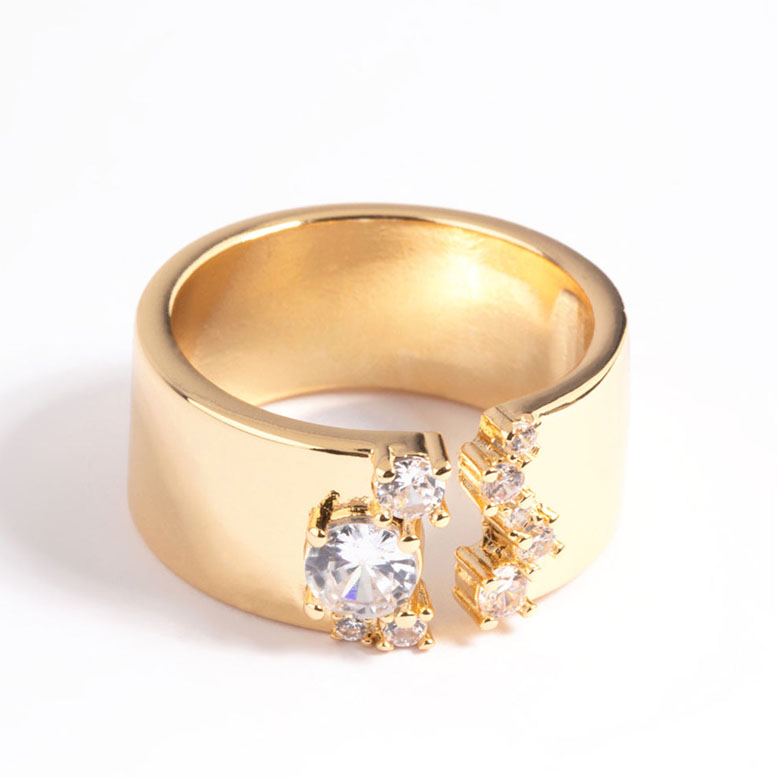The Custom Designed CZ Rings Jewelry Process
Makes custom jewelry supplier
LET’S GET STARTED : mo@kingjy.com
The Alchemy of Imagination: A Comprehensive Journey Through The Custom-Designed CZ Ring Process
The allure of a ring is timeless. It can symbolize love, commitment, personal achievement, or simply serve as a bold statement of individual style. In an era of mass production, a custom-designed ring holds a unique power. It is a singular piece of wearable art, born from a personal vision and realized through a fusion of ancient craftsmanship and cutting-edge technology. When this vision centers on the brilliant fire and accessible luxury of cubic zirconia (CZ), the creative possibilities become nearly endless.
The journey of a custom CZ ring from a fleeting idea to a polished treasure on one’s finger is a complex, multi-stage odyssey. It is a symphony conducted by skilled artisans, designers, and engineers, each movement crucial to the final masterpiece. This article will provide a detailed, behind-the-scenes exploration of the entire process, demystifying how manufacturers and jewelers transform inspiration into a tangible, sparkling reality.
Phase 1: The Genesis – Consultation and Conceptualization
Every custom ring begins not with a sketch, but with a conversation. This initial phase is the foundation upon which everything is built, requiring clear communication, trust, and creative synergy between the client and the jewelry creator.
1.1 The Deep-Dive Consultation
The process is ignited by an in-depth consultation. Whether with an independent jeweler or a dedicated representative from a manufacturing company like JINGYING, this meeting is about translating emotion and abstract ideas into concrete design elements.
Key discussions include:
- Inspiration and Story: What is the ring’s purpose? An engagement, a birthday, a personal milestone? The client may bring inspiration photos, sketches, heirloom pieces, or a collection of words that capture the desired feel—”vintage,” “modern,” “organic,” “art deco,” “bold.”
- Stone Selection and Layout: The star of the show is the CZ. The client decides on the primary stone’s shape (round brilliant, oval, cushion, emerald, pear, etc.) and size (measured in millimeters). Crucially, they plan the layout: a solitary solitaire, a three-stone setting, a halo of smaller stones surrounding a centerpiece, or a fully pavéd band. The size of the accent stones (e.g., 1mm, 1.5mm, 2mm) is also determined.
- Metal Choice: The base metal provides the structure and color. The most common choices are:
- Sterling Silver (925): A popular, affordable option consisting of 92.5% pure silver and 7.5% copper for strength.
- Gold: Options include Yellow Gold, White Gold, and Rose Gold, in various karats (10k, 14k, 18k). This is a premium choice.
- Platinum: A dense, durable, and naturally white hypoallergenic metal, representing the pinnacle of luxury and price.
For gold and silver rings, the option for plating (e.g., rhodium plating for white gold or silver to enhance whiteness and durability) is also discussed.
- Design Details: This encompasses the ring’s profile (how high it sits on the finger), the shank style (comfort fit, flat, knife-edge, bypass), and any additional embellishments like milgrain, engraving, or filigree.
- Budget and Timeline: A professional designer provides realistic guidance on how these choices impact the final cost and production time, ensuring the project remains feasible and expectations are managed from the start.
1.2 The Digital Blueprint: CAD Modeling
Once the conceptual design is approved, it enters the digital realm. A skilled CAD (Computer-Aided Design) technician uses specialized software to create a precise, three-dimensional model of the ring.
This step is revolutionary for custom jewelry:
- Precision Engineering: The CAD model is built to micron-level accuracy. The prong thickness, the depth of each stone’s setting, the exact curvature of the band for a perfect fit—all are mathematically defined.
- Visualization: The client is sent photorealistic renderings of the CAD model from every angle. They can see exactly how light will play off the surfaces and how the stones will be arranged. This eliminates the guesswork and potential disappointment of the pre-CAD era.
- Iteration and Modification: Changes are effortless. Want to try a different stone shape? Make the band 0.5mm thicker? See how a hidden halo looks? The designer can alter the digital model in minutes, providing new renderings for approval until the client is utterly delighted.
- Manufacturing Preparation: The CAD model is not just a picture; it’s a manufacturing guide. The designer ensures the model is “watertight” and optimized for the 3D printing and casting processes to come, avoiding structural weaknesses and ensuring successful production.
The client’s sign-off on the final CAD rendering is a critical green light, authorizing the manufacturer to begin physical production.
Phase 2: From Virtual to Physical – Prototyping and Model Making
The approved digital design must now take a tangible form to verify its aesthetics and ergonomics before committing to precious metal.
2.1 3D Printing (Rapid Prototyping)
The CAD file is sent to a high-resolution 3D printer. Using technologies like Stereolithography (SLA) or Digital Light Processing (DLP), the printer builds the ring layer by layer from a liquid UV-sensitive resin that hardens upon exposure to a laser or projector.
The result is a precise, durable resin prototype of the ring. This prototype allows the client and designer to:
- Assess the actual size, scale, and proportion on the finger.
- Check the comfort and fit of the band.
- Verify the overall aesthetic and presence before moving to metal.
This “rapid prototyping” step is a final, low-cost insurance policy against design flaws.
Phase 3: The Lost-Wax Casting Process
This ancient technique, refined over millennia and enhanced by modern technology, is the primary method for transforming the design into metal.
3.1 Creating the Wax Pattern
If the client is happy with the resin prototype, it can be used directly as a pattern for casting. For higher volume or more durable patterns, the manufacturer creates a mold from the prototype.
- The prototype is sprued (attached to a wax “tree” with wax rods) to create channels for molten metal.
- It is then placed in a flask and surrounded by a liquid investment plaster slurry.
- The flask is placed in a vacuum chamber to remove air bubbles, ensuring every detail is captured, and then placed in a kiln.
3.2 The “Lost-Wax” Burnout
The kiln is heated to a specific cycle. This heat serves two purposes: it cures the investment into a hard, rock-like mold, and it simultaneously “burns out” the resin prototype, vaporizing it completely and leaving behind a perfect, hollow cavity in the shape of the ring.
3.3 Casting the Metal
The hot flask is immediately transferred to a casting machine.
- The appropriate amount of metal (e.g., sterling silver grain) is placed in a crucible and melted using a torch or electric induction.
- In a centrifugal casting machine, the molten metal is forced into the hollow mold by centrifugal force. In vacuum casting, the metal is sucked into the mold by a vacuum.
- The metal fills the cavity, taking the exact shape of the original prototype.
3.4 Devesting and Cutting
After cooling, the flask is quenched in water, causing the brittle investment material to crack away. This reveals a “tree” of metal rings, now called “castings,” still attached to the central sprue. These rough, matte-finish castings are cut from the tree and are ready for the first steps of finishing.
Phase 4: The Art of Finishing – Pre-Setting
The raw casting is far from finished. It is rough, porous, and lacks definition. This stage transforms it into a refined piece of jewelry.
4.1 Initial Cleaning and Pre-Polishing
The ring undergoes “tumbling,” where it is placed in a rotating drum with stainless steel shots and a cleaning compound. This process work-hardens the metal, removes surface imperfections, and begins the polishing process. Any remaining sprue marks or major flaws are carefully filed away by hand.
4.2 The Crucial Step: Stone Setting
This is one of the most skilled and precise disciplines in jewelry making. A master setter takes over.
- Preparing the Seat: Using a microscope and ultra-fine burs, the setter carefully cleans and cuts the exact seats (“beads”) for each CZ stone. The depth and angle must be perfect to ensure the stone sits flush and secure.
- The Setting Process: Using specialized tools (pushers, tweezers, burnishers), the setter places each stone into its seat.
- Prong Setting: The most common method for larger stones. The setter carefully pushes and shapes metal prongs over the girdle of the stone to secure it.
- Pavé Setting: For surfaces covered in small stones. The setter raises tiny beads of metal from the surrounding surface and smooths them over the stones’ edges, creating a “paved” effect with minimal visible metal.
- Channel Setting: For stones set in a row between two metal walls.
- Bezel Setting: Where a strip of metal surrounds the girdle of the stone.
The setter’s job is to ensure every stone is perfectly level, secure, and oriented to maximize its brilliance.
4.3 Final Polishing and Plating
After the stones are securely set, the ring enters the final polishing stage.
- It is polished on rotating wheels with increasingly fine abrasives (rouges) to achieve a mirror-bright finish on all metal surfaces. This must be done meticulously to avoid damaging the already-set CZ stones.
- If the design calls for it, the ring is now plated. For example, a sterling silver ring might be plated with rhodium for a brighter white finish and increased tarnish resistance, or with gold for color. The ring is ultrasonically cleaned, then immersed in an electroplating solution where a thin layer of the plating metal is deposited onto its surface via an electrical current.
Phase 5: The Final Vigil – Quality Assurance
Before the ring can be presented, it must pass a rigorous, multi-point inspection.
- Visual Inspection: Under magnification and bright light, every surface is checked for polishing marks, plating inconsistencies, or any other flaws.
- Structural Integrity: The shank is checked for roundness and strength. Prongs are tested for security.
- Stone Check: Every CZ is verified for security (no movement), absence of chips or scratches, and correct alignment.
- Dimension Check: The ring size is verified with a mandrel.
- Final Cleaning: The ring is given a final steam clean or ultrasonic bath to remove any dust or fingerprints from handling.
Conclusion: The Ring as a Legacy
The creation of a custom-designed CZ ring is a remarkable journey that blends art and science, imagination and engineering. From the initial spark of an idea to the final gleaming object, each step is handled with care, expertise, and a commitment to quality. The result is far more than just jewelry; it is a personal artifact, a tangible story, and a perfect reflection of the wearer’s unique vision—a testament to the timeless human desire to create beauty and meaning.
